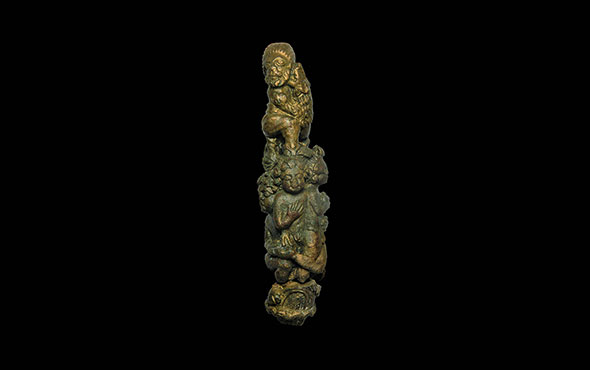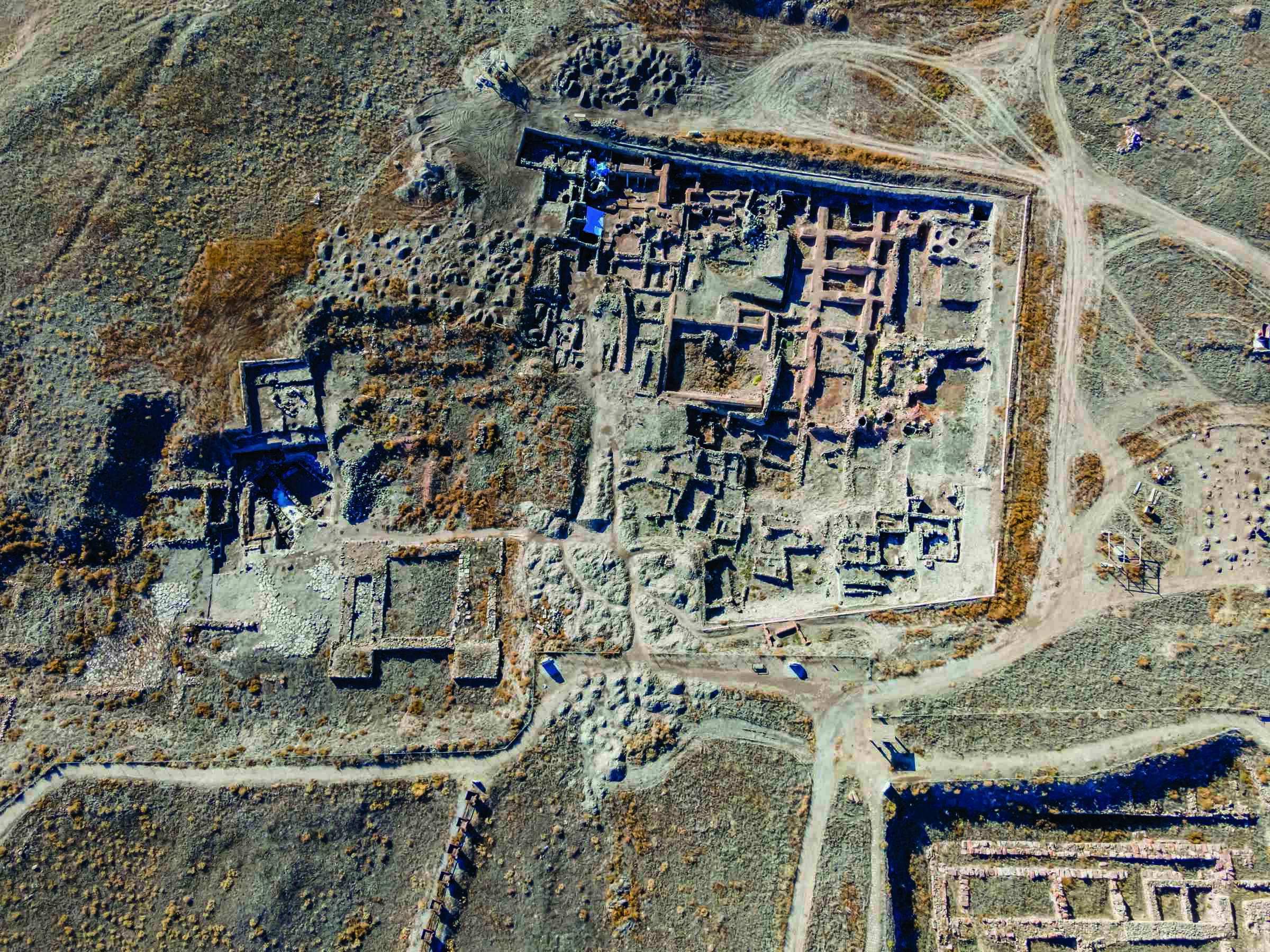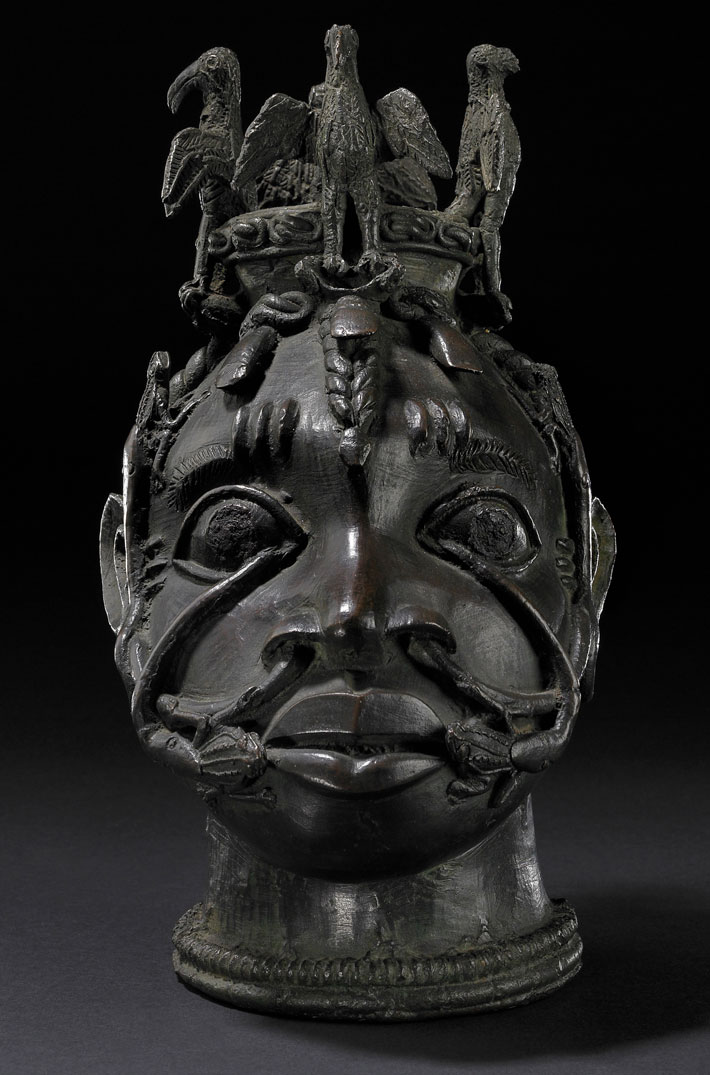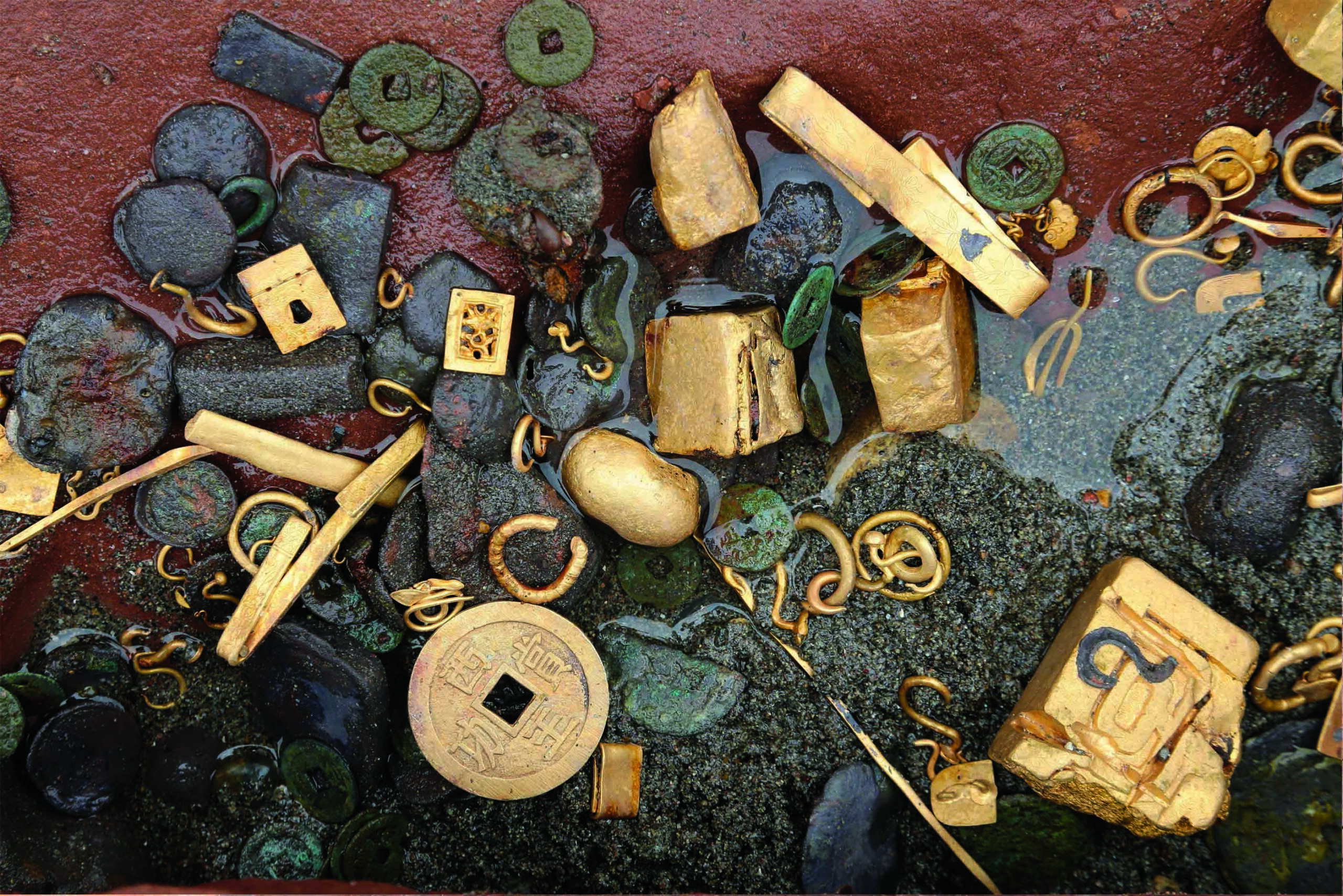NORTHUMBERLAND, ENGLAND—The Guardian reports that two thoraxes thought to belong to the common bedbug, Cimex lectularius, have been identified among artifacts excavated at Vindolanda, a Roman garrison site located near Hadrian’s Wall, the northern border of the Roman Empire in what is now northern England. Archaeoentomologist Katie Wyse Jackson of University College Dublin found the insect parts among items dated to about A.D. 100. The bedbugs likely traveled to Britain on clothing and mattresses carried by Romans, she surmised. Wyse Jackson has also found insects in soil samples from the site that offer clues to daily life. “I can learn about trade, food storage, hygiene, [and] waste disposal from what species are present and in what numbers,” she said. “At the moment, I’m finding a large amount of grain and dung beetles.” These insects, she explained, suggest that the space was not clean. For more on Vindolanda, go to "The Wall at the End of the Empire: Life on the Frontier."
Ancient Bedbug Body Parts Identified at Vindolanda
News February 7, 2024
Recommended Articles
Digs & Discoveries November/December 2017
Tablet Time

Digs & Discoveries May/June 2019
Roman Soldier Scribbles

Digs & Discoveries March/April 2023
Early Medieval Elegance

Artifacts January/February 2022
Roman Key Handle

-
Features November/December 2023
Assyrian Women of Letters
4,000-year-old cuneiform tablets illuminate the personal lives of Mesopotamian businesswomen
 (Attraction Art/Adobe Stock)
(Attraction Art/Adobe Stock) -
Letter from El Salvador November/December 2023
Uneasy Allies
Archaeologists discover a long-forgotten capital where Indigenous peoples and Spanish colonists arrived at a fraught coexistence
 (Courtesy Roger Atwood)
(Courtesy Roger Atwood) -
Artifacts November/December 2023
Sculpture of a Fist
 (Museum of Fine Arts, Boston/Bridgeman Art Library)
(Museum of Fine Arts, Boston/Bridgeman Art Library) -
Digs & Discoveries November/December 2023
The Benin Bronzes’ Secret Ingredient



